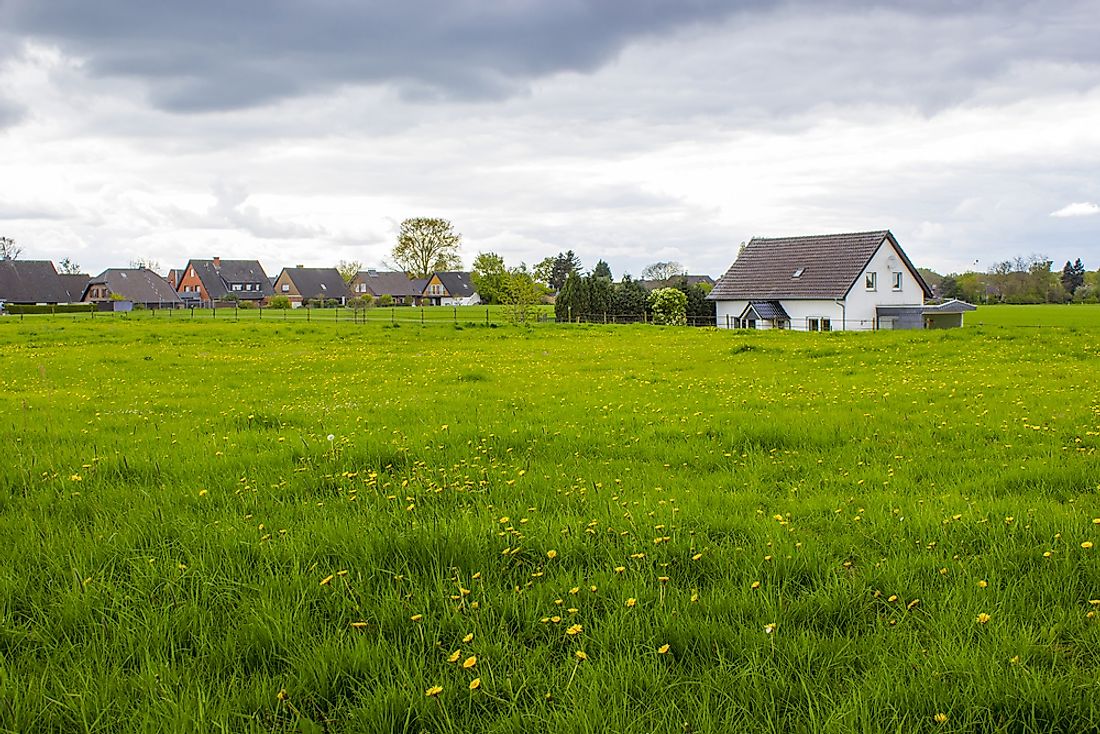The Evacuation of Children From Germany During World War II

The Need To Evacuate Children
Many children, as well as their parents and their families, certainly went through difficult times when enemy forces descended on German cities with heavy aerial bombings. Although the bombings targeted factories, misguided bombs would often hit homes and schools endangering the lives of children. Fearing that the war would result in mass civilian deaths and affect its future generations, the German government under the leadership of Adolf Hitler ordered that children and mothers with infants be evacuated to rural locations and other parts of the country which were considered safer. The objective was to save children and infants from the enemy fire. The evacuation exercise happened in numerous phases. It is estimated that the first phase of children evacuation, that happened over a three day period, saw more than 800,000 children evacuees relocated by special trains and boats to the locations considered to be safe such as Saxony, Bavaria, and Prussia. As the war grew, the government ran out of space. Consequently, some children were moved beyond German borders to Austria, Hungary, Czech, and Holland. Initially, the evacuation exercise was voluntary and parents would decide whether they wanted their children relocated or not. Later when the war became more intense, the government made evacuation of children compulsory.
Children Given Priority During The Evacuation
Initially, children up to 3 years of age were given priority during the evacuation. This age limit was later reviewed by the government and extended to include children up to 6 years old. As the war raged on, the government resolved to extend the age of the evacuation priority group to include children up to 10 years of age.
In addition to the age factors, priority was also given to children who were considered natives of Germany. Children with one Jewish grandparent, referred to as Mischling, were initially excluded from evacuation but this condition was later subverted in late 1943. The health of the children was also another factor. Children who were suffering from infectious diseases such as epilepsy and chronic neuresis were side-lined during the selection process even if they were native Germans. Additionally, children covered by the Nuremberg Laws were not evacuated.
Arrangement Of Accommodation For The Evacuated Children
Children and parents with infants who were evacuated had three alternatives when it came to accommodation. The first alternative was accommodation was to be housed by relatives. This arrangement was popular among evacuees who either did not fancy the idea of being evacuated or did not like staying with host family or staying in camps. For those who did not have relatives in the safer locations, the option was to be housed with host families. Children aged between 6 and 10 were accommodated by foster families. The third option was to stay in camps. The government established around 9,000 camps in hotels, hostels, and remote schools across the regions considered safer. Life in these camps was considered routine and boring by the children. This is because they did not have much freedom and once in a while they would clash with their guardians.
A Challenging Time For All
Children and their parents suffered emotionally due to the separation from their families. The children also suffered physically due to the long treacherous journey to different parts of the country. The government of Germany also suffered economic and manpower losses associated with evacuating the children while at the same time fighting the opposition forces.







